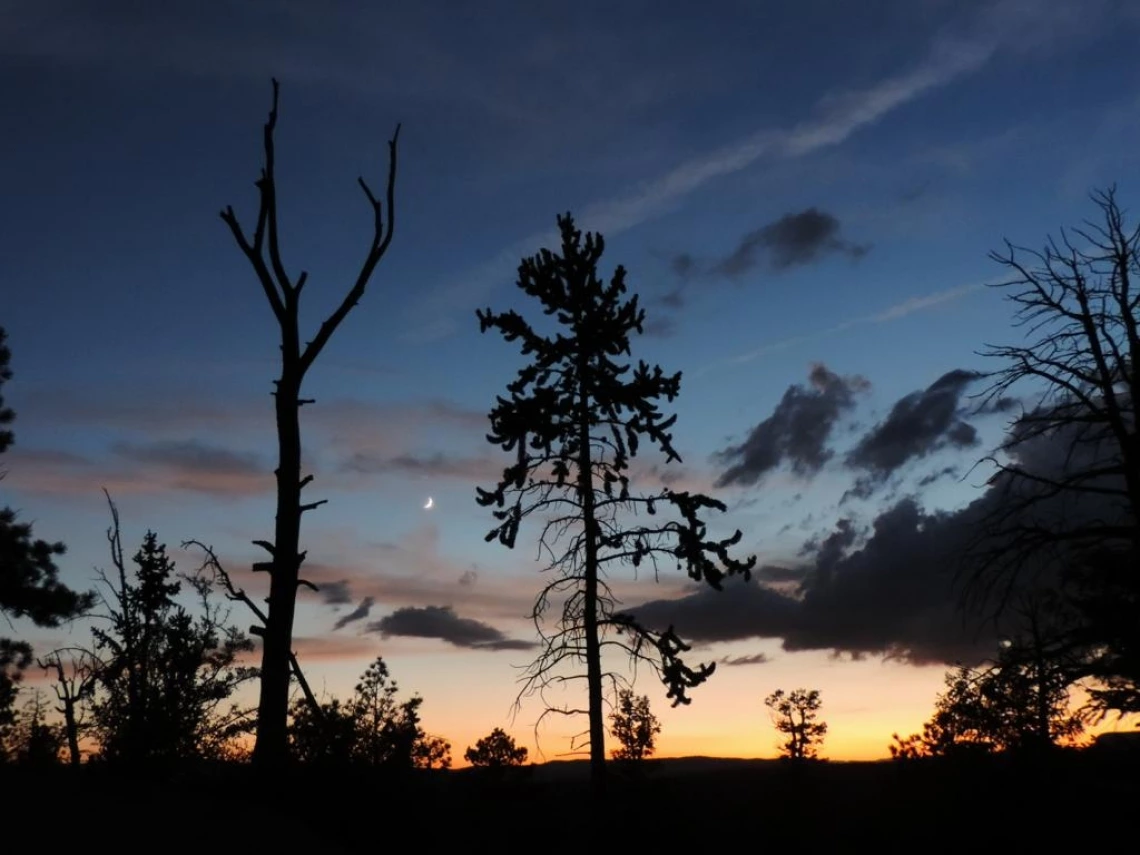Ponderosa forests struggle in the face of Southwest megadrought
June 7, 2023
Image

As temperatures increase and prolonged drought continues, a new study of ponderosa forests in the Four Corners region underscores the importance of summer monsoons.
Paul Szejner
